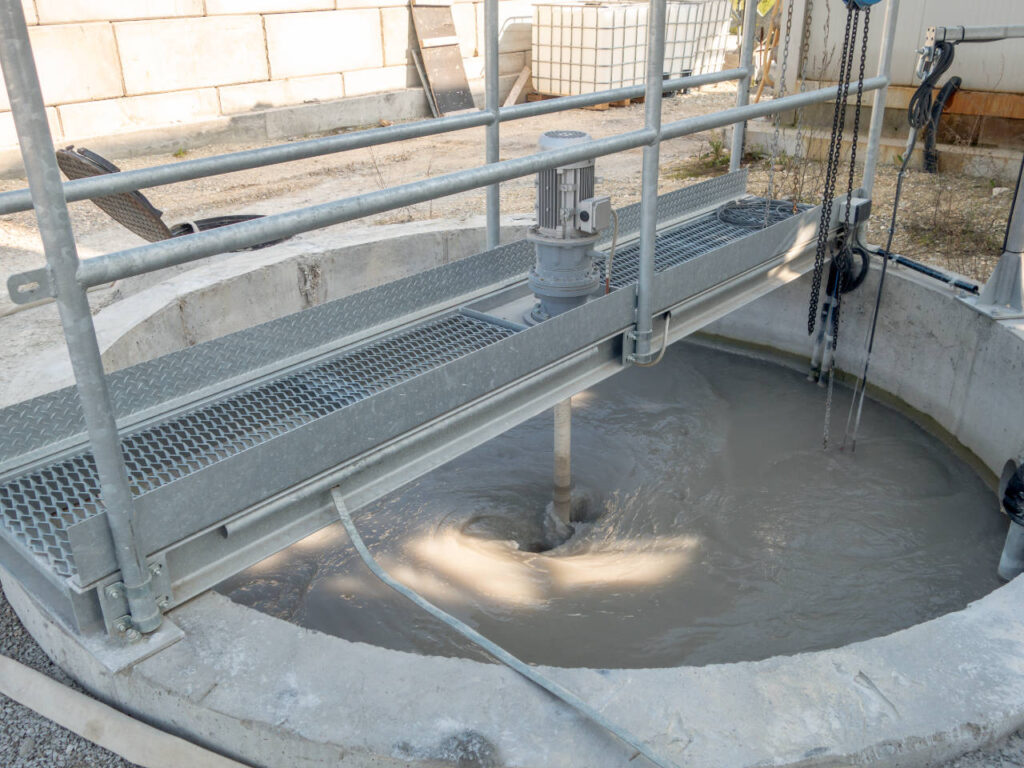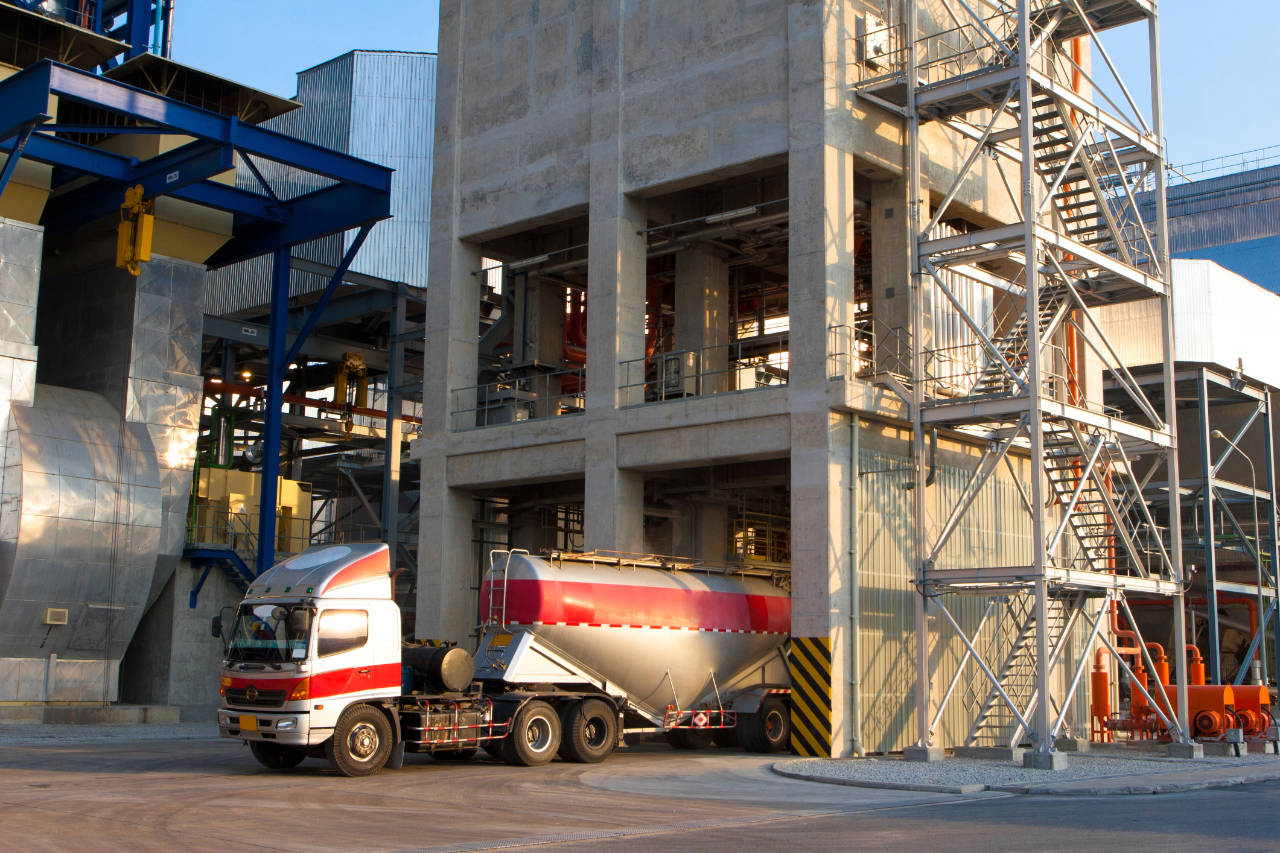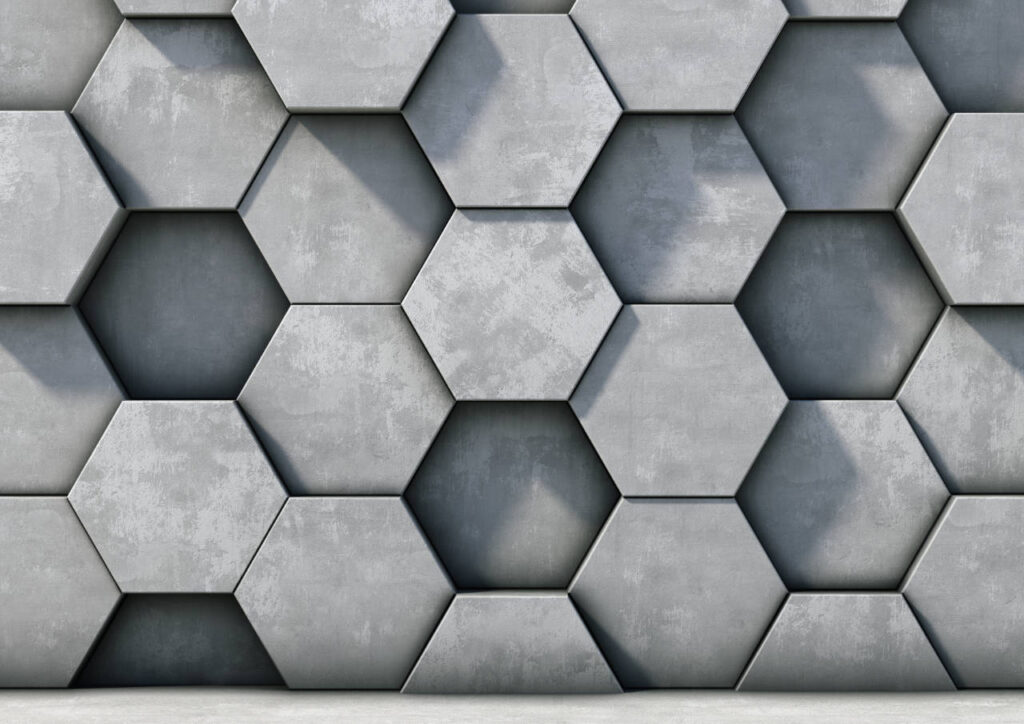feature article
The Fundamentals Of How Cement Is Made
Cement is the basic ingredient of concrete. Concrete is formed when portland cement creates a paste with water that binds with sand and rock to harden.
Cement is manufactured through a closely controlled chemical combination of calcium, silicon, aluminum, iron and other ingredients.
Common materials used to manufacture cement include limestone, shells, and chalk or marl combined with shale, clay, slate, blast furnace slag, silica sand, and iron ore.





